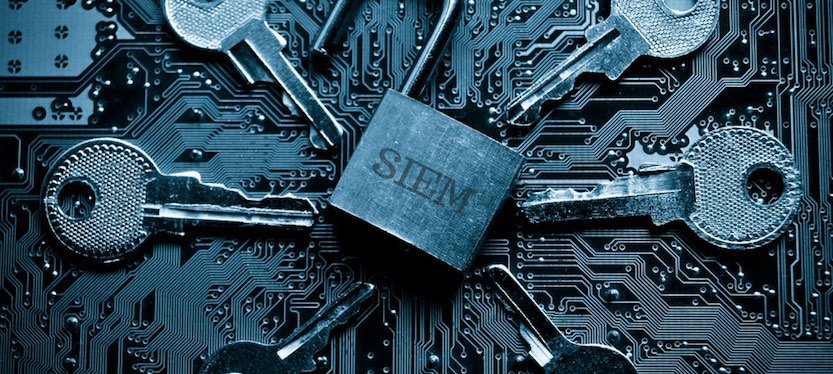What is SIEM?
An event management solution must collate data from antivirus software, firewalls, hosts, servers,database servers, web filtering systems, switches, and virtually every other computing infrastructure asset. The system must analyse the aggregated data to detect patterns, correlation of events, and identify anomalous behaviour that can be acted on automatically or passed on to security teams forfurther analysis.
The alerts and reports generated by the event management system must flow to all security staff tasked to analyse them. At the same time, such events must flow to automated security control management systems to help maintain systems of compliance as well as developing response.

Security Information and Event Management (SIEM) solutions are evolving towards more dynamic and automated Data Analytics Platforms.
To realize the value of this trend, significant investments of human capital and money are required to modernize the SIEM, but doing so will produce significant gains in productivity, risk assessment, threat hunting, and trend analysis.
SIEM also acts as the foundation of orchestration initiatives as well as the centralized information store for a variety of data analytics projects.Over the last decades, security information and event management (SIEM) adoption has increased significantly, driven largely by complex and challenging compliance requirements such as Payment Card Industry Data Security Standard (PCI DSS) and Sarbanes–Oxley (SOX). Threats can be identified quickly and reacted correctly before attackers are Capable of causing material damage.
As adoption increased, SIEM’s value in providing and leveraging threat intelligence was quickly realized by companies, giving visibility to known threats around the world and the ability to identify and track potential threats as they occur. This awareness of the situation enables businesses to identify attacks earlier and, as a result, take action to minimize the impact of the advanced threats today.
Conclusions:
- SIEM can be utilized to detect insider and external threats, including threats to cloud identities, unknown/unmanaged device detection, and other cloud security activity and event monitoring.
- Advanced detection with machine learning and artificial intelligence will need to be adaptable to respond to new and emerging cyber threats and attacks. It will also be important for data analytics and AI to be utilized in an ethical manner.
- There are a variety of threat vectors in the “Cloud Security” that require robust security protections and mitigations to protect against cyber-attacks and data breaches. The SIEM provides monitoring facilities for such problems by the use of machine learning and artificial intelligence and other SIEM functions to meet future state business needs.
As the business continues to move towards automation, cloud environments, and machine learning,the SIEM’s requirements and related business value will continue to increase. All aspects of the business must understand this need and make the necessary human and financial investments to ensure continuous development and capability maturation of “SIEM”.
